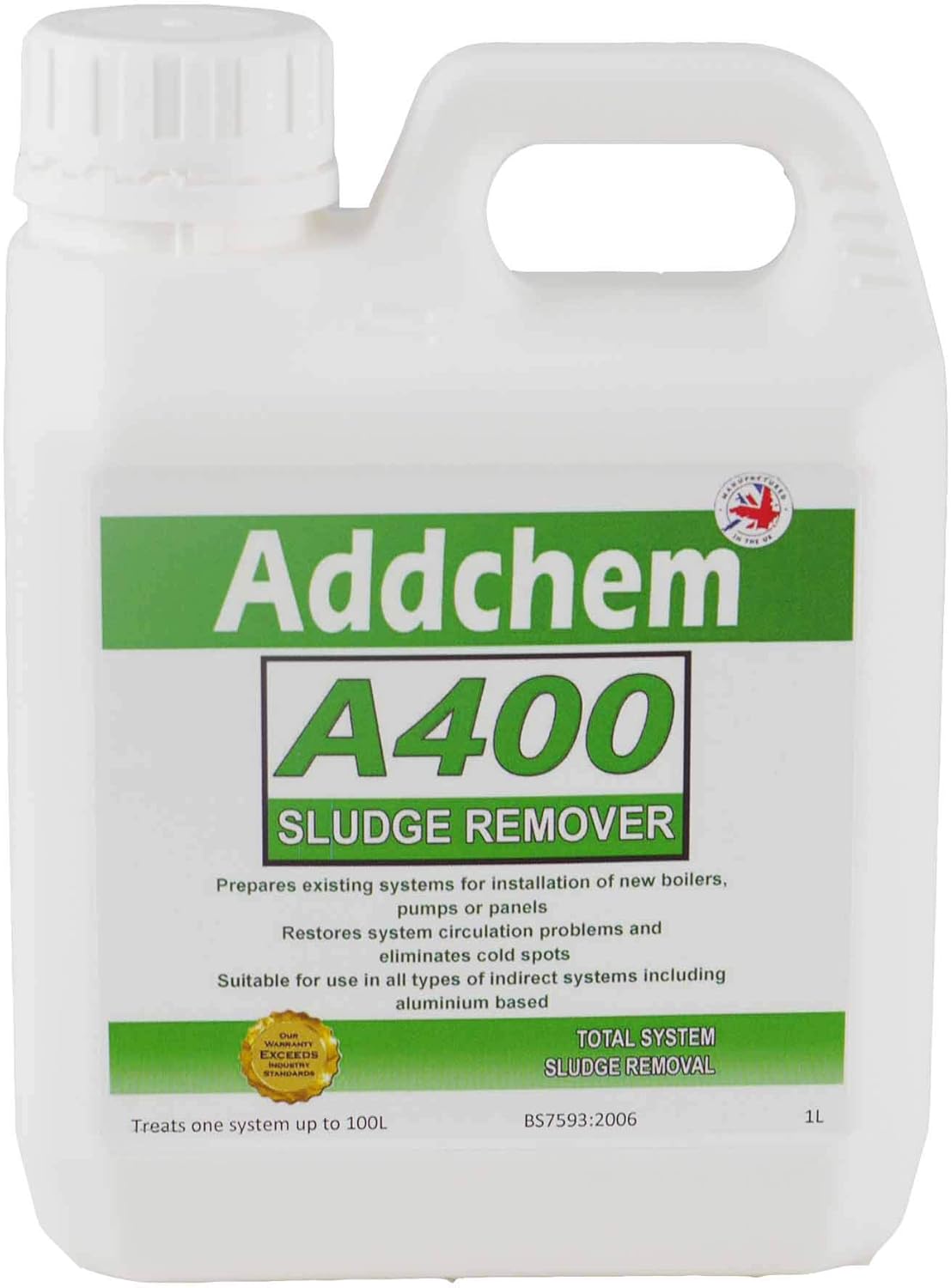About this deal
The steps on how to flush a radiator are relatively straightforward; however, they take care and patience to ensure that you do not damage your surroundings or the radiator itself. Follow our instructions below, and you will be able to remove radiator sludge successfully. Water treatment can help prevent sludge build-up by reducing the amount of sediment and rust in the system. Chemical central heating inhibitors can be added to the water to prevent corrosion, while magnetic systems can remove iron oxide from the water. Limescale reducers also work in a similar way. Conclusion Sludgy water will cause central heating problems and result in requiring an emergency plumber because, the sludge is heavier than water and there is more friction in sludge, than there is in water. Will central heating sludge cost me more in the central heating In some cases, the design of the central heating system itself can contribute to sludge build-up. For example, if the system is poorly designed or installed, it may have areas of low flow or dead spots where debris can accumulate. With an open system, you will need to turn off the water feed to the small tank in the loft and then drain away the dirty water that is in the tank.
There are various things you can do to help prevent sludge build-ups occurring and to clean out your system if you have one. In this guide, we have explained these and also given you a step-by-step guide to flushing radiators yourself. Managing this dirt build up varies from home to home, however, several factors can contribute to the development of central heating sludge build-up, including: Poor water qualityRemoving sludge from your radiator is an important step in maintaining the efficiency and longevity of your central heating system. Here’s a step-by-step guide on how to remove sludge from your radiator: If your central heating system is in need of a power flush then it’s time to get a quote. We recommend getting at least 3 quotes for any project so that you can compare the different services available as well as prices. On average, we recommend a power flush for your radiators every 5 – 6 years. Additional central heating problems Remove the radiator: You will need to remove the radiator from the wall to effectively remove the sludge. First, turn off the valves on both sides of the radiator using a wrench or pliers. Then, use a radiator key to release any remaining pressure by opening the air vent valve located at the top of the radiator. Several tools can help detect sludge build-up, such as thermal imaging cameras and pressure gauges. A professional inspection can also provide a more accurate assessment of the system’s condition. Professional Inspection
To get rid of central heating sludge and refilling the central heating correctly as advised will normally take on average 8-hours. Where if the central heating system is of larger, then this may take a couple of days. When there is more than one person working on the central heating system, this can help to take the timing of the central heating power flush down. Some companies prefer to use a central heating chemical and leave it in for a coupe of days before going though with the power flush, but this all depends on the age of the central heating system and how bad it is effected. Can leaving a chemical in the central heating system cause damage The system involves a heat source which in the UK is usually a gas boiler, pipes, radiators, and valves. The water in the central heating system is heated by the boiler and circulated through the pipes to the radiators, providing warmth to the house. Central Heating Sludge Build-up Explained: If you have put sludge prevention methods into place, you should now have a scale reducer and sludge magnetic system filter installed, as well as the system being dosed with inhibitor. This will keep any future build-up of sludge staying in the system. The inhibitor will also break down some of the existing stubborn sludge in the system. A clean system is a healthy system. By ensuring consistent water circulation and preventing debris build up, the A300 cleaner reduces wear and tear on crucial components like the boiler and pump. This translates into a longer lifespan for your system, saving you from premature replacements or costly repairs.Every heating system, be it in a cozy home or a sprawling commercial space, demands regular maintenance. With time, sludge build up can compromise the very essence of its purpose, rendering it inefficient. Enter the A400 Sludge Remover by Trade Chemicals – your heating system’s best friend and saviour. Key Benefits: A regular annual inspection of your boiler by a Gas Safe registered heating engineer is one of the best ways to prevent sludge build-up as they can spot the signs before they do any major damage. A professionally qualified engineer can also install the above prevention methods for you. How Can Heating Sludge Be Removed? A build-up of sludge is typically only an issue in older radiators as it is made from dirt and rust. Over time, this accumulates at the bottom of your radiator, which in return, prevents hot water from being able to flow effortlessly through the system. This creates cold patches on your radiator, often leaving homeowners to turn their central heating up a few more degrees to accommodate the lost heat.
Related:
 Great Deal
Great Deal 